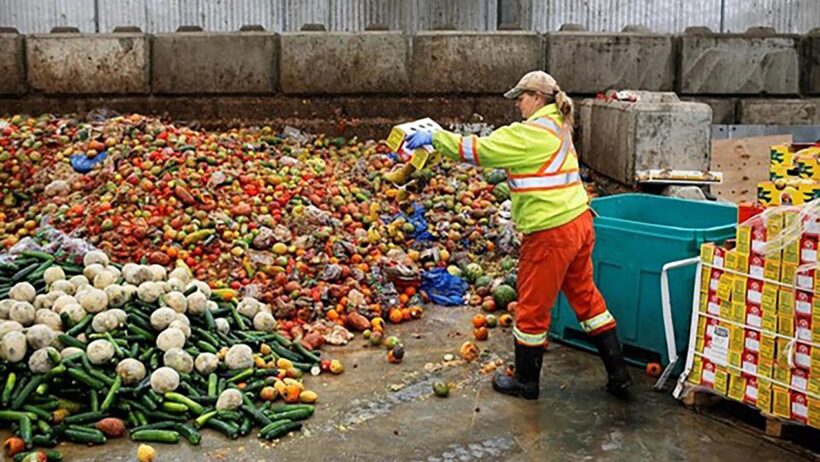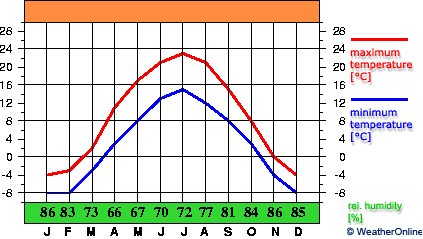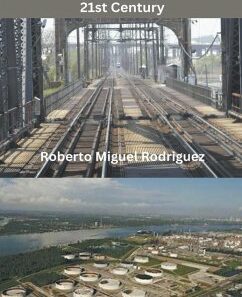In recent years, food waste has emerged as a profound contributor to global warming and climate change, often overlooked in discussions centered around carbon emissions and fossil fuel consumption. This critical issue warrants a thorough examination, as the disposal of food—the very sustenance that nourishes humanity—dramatically exacerbates environmental degradation and poses substantial threats to our planet’s future. Understanding how food waste affects climate change is essential in mitigating its impacts.
At its core, when food is discarded, it does not simply disappear; rather, it enters landfills where, in the absence of oxygen, it undergoes anaerobic decomposition. This process engenders the production of methane, a potent greenhouse gas. Methane has a heat-trapping potential that is significantly higher than that of carbon dioxide—reportedly over 25 times more effective at warming the atmosphere over a 100-year period. Consider that approximately one-third of all food produced globally for human consumption is wasted, representing around 1.3 billion tons annually. The disposal of this food generates a staggering volume of methane emissions—up to 8-10% of global greenhouse gas emissions can be attributed to decomposing food waste in landfills.
Moreover, the environmental repercussions extend beyond the methane produced during decomposition. The entire food production system entails a cadre of resource-intensive processes including farming, harvesting, processing, transportation, and storage, each contributing greenhouse gases. When food is wasted, it is not just the discarded item that compounds the climate crisis; it is also the myriad resources squandered in its production. Water conservation suffers greatly, as irrigation accounts for a substantial portion of freshwater use globally. A simple statistic illustrates this: it takes approximately 1,800 gallons of water to produce a single pound of beef. When that beef goes uneaten, we waste not only the land and labor but also an elaborate water system incapable of recycling enough in the face of climate-induced droughts.
Food waste also contributes to biodiversity loss, presenting additional complications in the global warming dialogue. The conversion of land for agriculture frequently leads to deforestation, habitat destruction, and a decline in wildlife populations. Fertile lands are often rendered obsolete through overexploitation. By discarding food, we cumulatively engage in an ecological imbalance that not only elevates greenhouse gas emissions but also exacerbates the vulnerability of various species to climate change. This highlights the symbiotic relationship between food waste and other environmental degradation factors, suggesting that the emissions from food management intertwine with loss of biodiversity, creating a vicious cycle.
Addressing the food waste dilemma necessitates a multi-layered strategy, which is paramount for reversing the trends that threaten climate stability. One effective approach is to promote greater awareness of food waste among consumers. Simple changes to consumer behavior, such as improved meal planning, proper food storage techniques, and understanding expiration dates, can significantly alleviate the burden. Businesses, ranging from farms to grocery stores, also play an indispensable role. They can implement donation programs or redistribute unsold food rather than relegating it to landfills, thereby contributing to circular food economy principles.
Retailers ought to embrace innovative strategies, such as enhancing supply chain efficiency or developing “ugly” produce marketing campaigns, which focus on selling visually imperfect yet perfectly edible fruits and vegetables. By valorizing these typically discarded items, retailers can minimize waste while providing consumers with affordable options. Furthermore, governments must establish regulatory frameworks and incentivize food redistribution initiatives. Policies that limit food waste at every level—from producers to consumers—can alter the trajectory of food management practices.
On a community-oriented scale, local governments and organizations can engage in composting programs, thereby diverting organic waste from landfills and fostering soil health. Community gardens can elevate awareness around sustainable practices, nurturing a culture that values food sources and conservation. Innovations in technology that track food waste can further enlighten consumers and businesses. Apps that aid users in managing perishables can inspire a shift in how individuals think about their purchasing habits. This technological embrace can reduce the disconnect between food production and consumption.
Moreover, the advancement of food recovery networks underscores the importance of collaboration in tackling food waste. These networks act as bridges between businesses with surplus food and organizations in need, thereby ensuring the potential of discarded food to serve humanitarian purposes rather than languish in landfills. Engaging with local initiatives can galvanize communities, linking individuals through shared goals of sustainability and resilience against climate change.
In conclusion, food waste emerges as a profound and insidious contributor to global warming, necessitating an urgent and collective response. The ramifications of wasted food extend far beyond mere economic implications; they infiltrate the very essence of our environment and its stability. By embracing sustainable practices across various strata of society—be it through consumer education, innovative retail strategies, government regulations, or localized initiatives—an orchestrated approach can emerge. This initiative will not only ameliorate the impacts of food waste but also fundamentally steer society toward more sustainable practices. As we grapple with the pressing challenges of climate change, recognizing and addressing food waste is imperative, for it reveals the intersectionality of our consumption habits and their broader environmental impacts.







